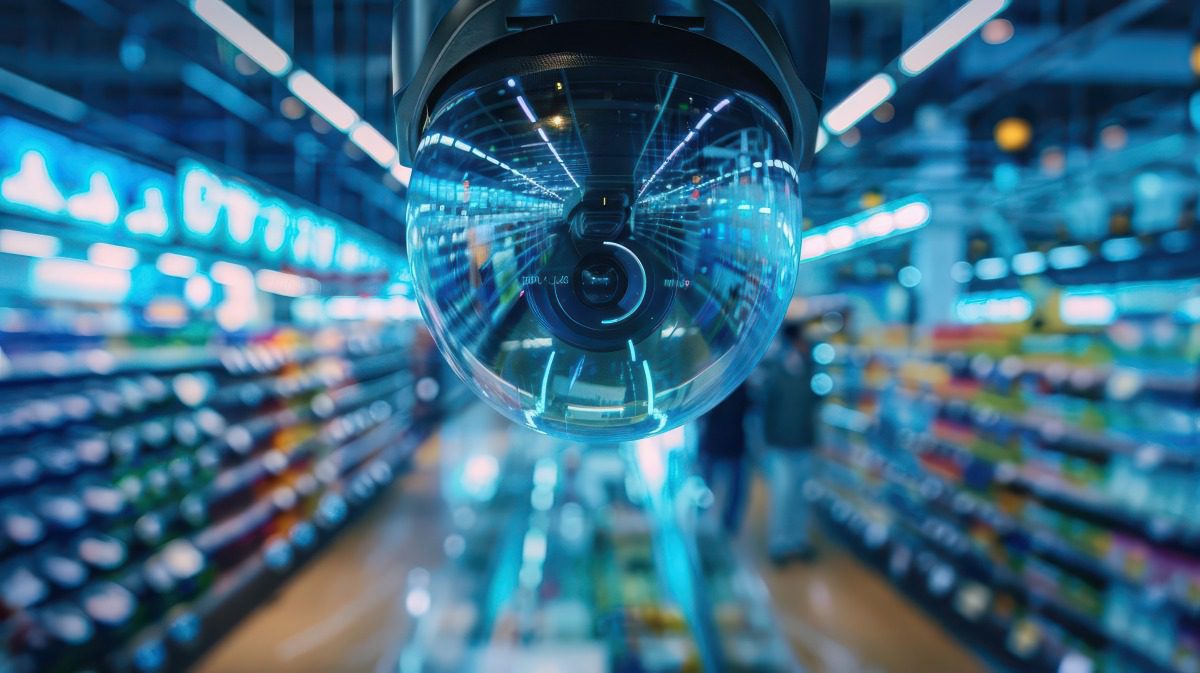Why Retailers Should Pay Attention
Chaos steals energy from everyone it touches: the cashier who hands a smile to a customer, the manager who lends an ear to a worried employee, the customer who brings patience to an already-long day. The retail floor carries all those invisible exchanges, and when theft or violence sweeps in, it steals something deeper than merchandise – it takes away ease, stability, even hope.
What the London Test Really Tells Us
Early this year, the Metropolitan Police handed a simple tool to their officers. They were given live facial recognition (LFR). The result? More than a thousand dangerous criminals taken off the streets. One arrest spared a woman from another night of stalking; another pulled a repeat robber from the next convenience-store hit. Facts, not fear, wrote that story.
Yet numbers alone feel flat without faces. Imagine the relief a mother feels when an abuser is stopped at the doorway to her workplace. Picture a store supervisor who can finally promise safety to her late-shift crew and mean it. Technology didn’t replace judgment there; it offered time to the humans who still make every call.
Turning Store Entrances into Second Chances
When the same software greets a known shoplifter at the front doors, it offers a warning to the manager, a choice to the person caught, and relief to everyone else shopping in the store. No alarms blare; no robot hands out punishment. Human eyes, informed a split second sooner, decide the next step.
What About Privacy?
Worries swirl around any tool that watches. Fair enough. So let’s set a rule as clear as the glass on the front doors: if a face triggers no alert, the system owes that visitor nothing… no storage, no memory, no trace. The data flows to trash can, not to a vault. Said another way, law-abiding customers maintain their anonymity, while repeat offenders lose their cloak.
Humans First, Circuits Second
Think of facial recognition as a steady flashlight, not an iron gavel. It passes context to security staff, options to managers, and an extra beat of breathing room to employees already juggling a dozen things to do. Judgment stays with the people who shake hands, swap stories, and occasionally walk a scared teenager to a quiet office after a bad encounter.
The Cost of Doing Nothing
Every year, retailers hand billions to organized retail crime – money that could have gone to raises, to remodels, or lowering prices. We keep feeding that loss when we refuse practical tools simply because they feel new. Courage, in this case, isn’t loud; it’s the quiet decision to place an extra shield between harm and the everyday lives unfolding on the sales floor.
So here’s the ask: give this technology fair consideration. Offer dignity to honest shoppers, confidence to your employees, and a tougher road to those who profit from dishonesty.
Safety, after all, is the one product every store should always keep on the shelf – never marked down, never out of stock. Because before a single item is sold, people need to feel protected.
It’s not just good business; it’s the right thing to do.


